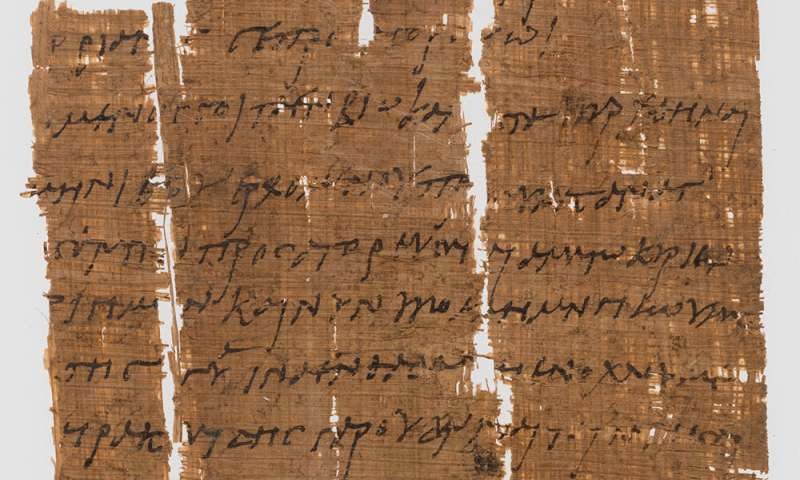OF THE
TIMES
"People do not truly want an end to suffering in all cases...They need challenges in order to feel the thrill of victory, guilt over their actions to have a chance at redemption, and the possibility of rejection and hatred to feel any deep form of love."Introduction
'Plato, Rousseau, Fourier, aluminum columns — all that is good only for sparrows, not human society. But since the future form of human society is needed right now, when we're finally ready to take action, in order to forestall any further thought on the subject, I'm proposing my own system of world organization. Here it is!' he said, tapping his notebook. 'I wanted to expatiate on my book to this meeting as briefly as possible, but I see it's necessary to provide a great deal of verbal clarification; therefore my entire explication will take at least ten evenings, corresponding to the number of chapters in my book..' (More laughter was heard) 'Moreover I must declare in advance that my system is not yet complete.' (Laughter again). 'I became lost in my own data and my conclusion contradicts the original premise from which I started. Beginning with unlimited freedom, I end with unlimited despotism. I must add, however, there can be no other solution to the social problem except mine.' --Fyodor Dostoevsky, The DevilsIn his great if overlong book The Devils, the Russian novelist Fyodor Dostoevsky weaves a black comedy about a group of radicals who want to take over a small Russian town as a stepping stone to a general revolution. Most of them parrot various platitudes about how their coming utopia will be best for everyone, expressing universal compassion and sympathy for the poor and dispossessed. But in their personal behavior, none of these conceits bear out. In their meetings, the radicals are vain, overestimate their abilities, and constantly seek to one up one another. Far from really believing in equality, each radical tries to outdo the others with their affectations about how much they care or by developing ever more radical "systems" to prove their genius. The parody reaches its pitch with the intellectual Shigalyov, who is the group's unofficial philosopher in chief. He gives a speech at their meeting expressing his alleged desire for the perfect society, but admitting that his original desire to achieve unlimited freedom ended with calling for "unlimited despotism." It turns out Shigalyov's system, the only "solution to the social problem" according to him, is about taking all freedom away from 90 per cent of the population and vesting power in the hands of a small group who is to organize everything. No credit for guessing who is to make up this group and lead the masses.


Comment: It's interesting that he appears to be of high status and perhaps feasting followed his death but that he was brutally murdered, his limbs were pinned down by stones and he was interred in an unusual position.
As for the facial reconstruction, in studies of subjects that are of such an age we must bear in mind that there is a significant amount of artistic license permitted due to the deterioration of soft tissue, as detailed in the paper Facial reconstruction - anatomical art or artistic anatomy?: The time frame for this man's death is also interesting because it has been suggested that a great deal of upheaval was occurring throughout this period: